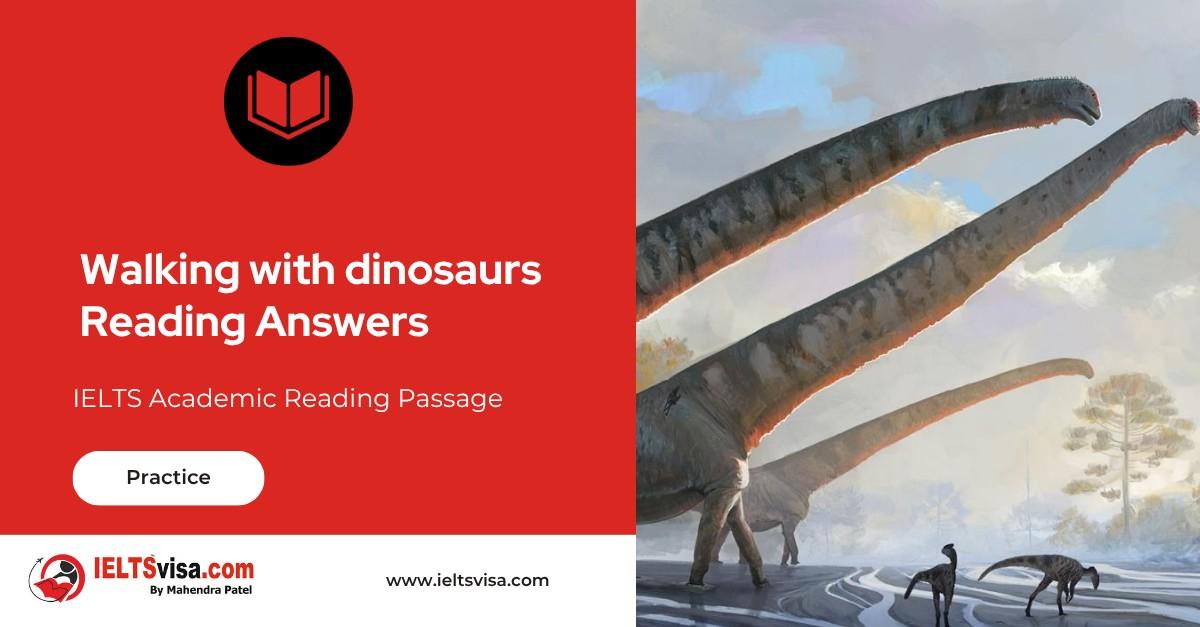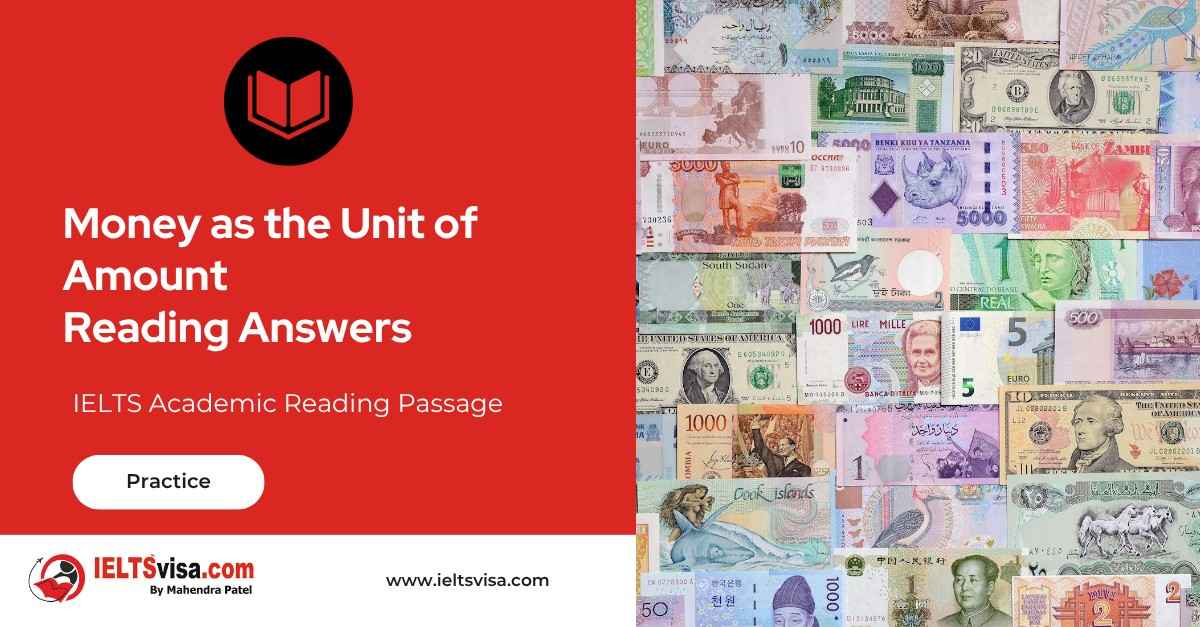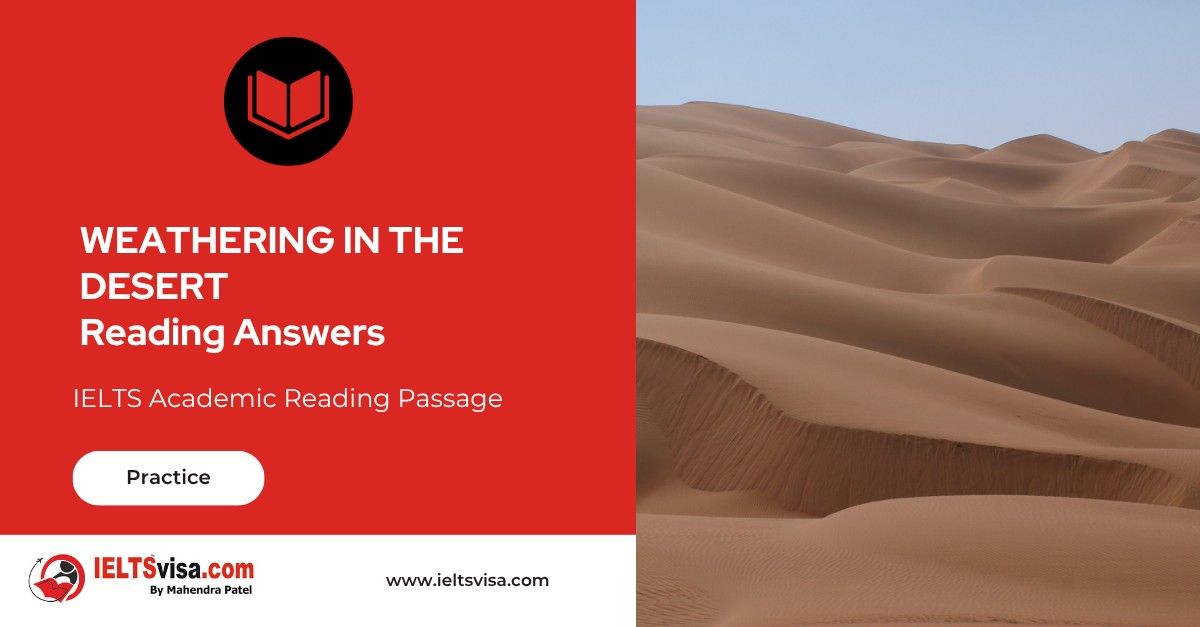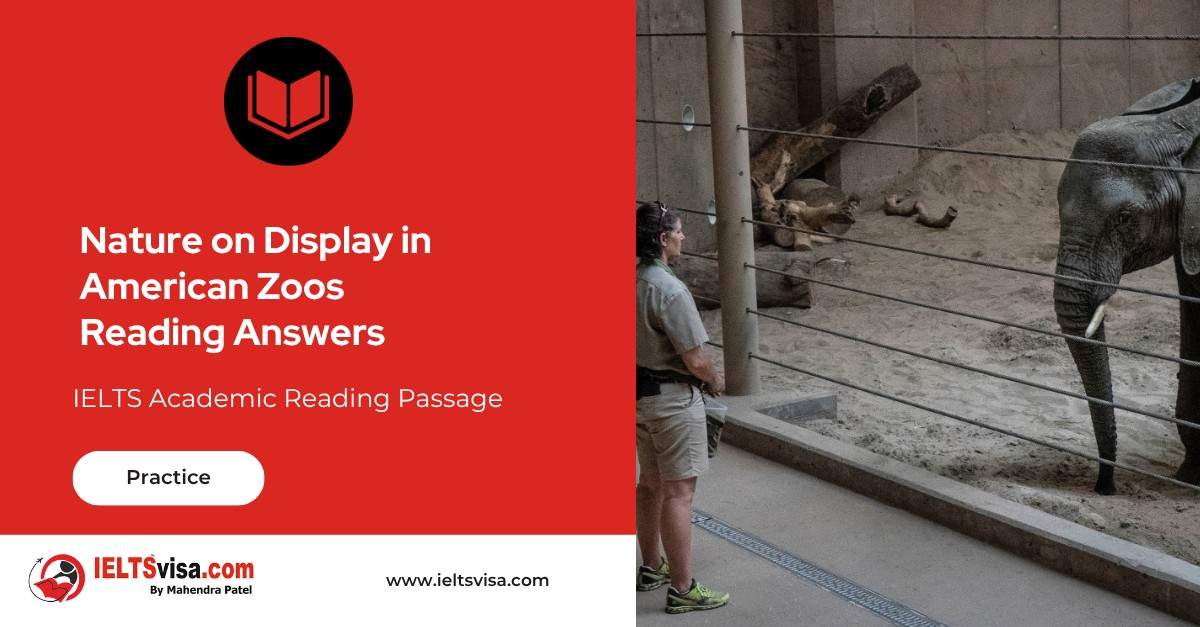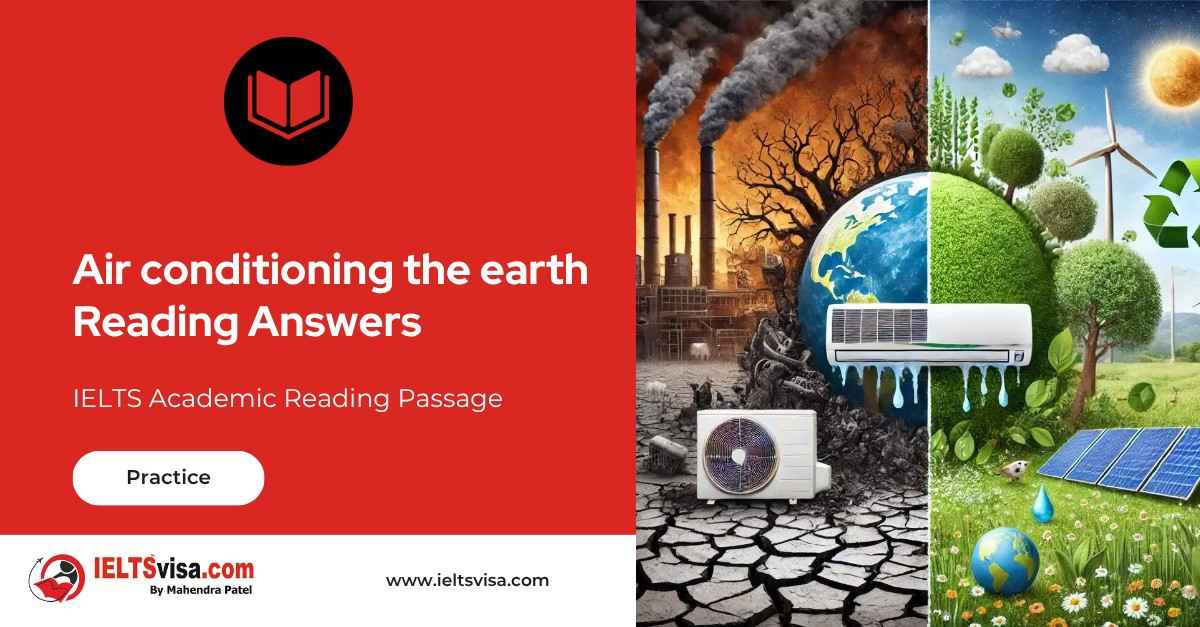Sleep Apnea Reading Answers
IELTS Academic Reading Passage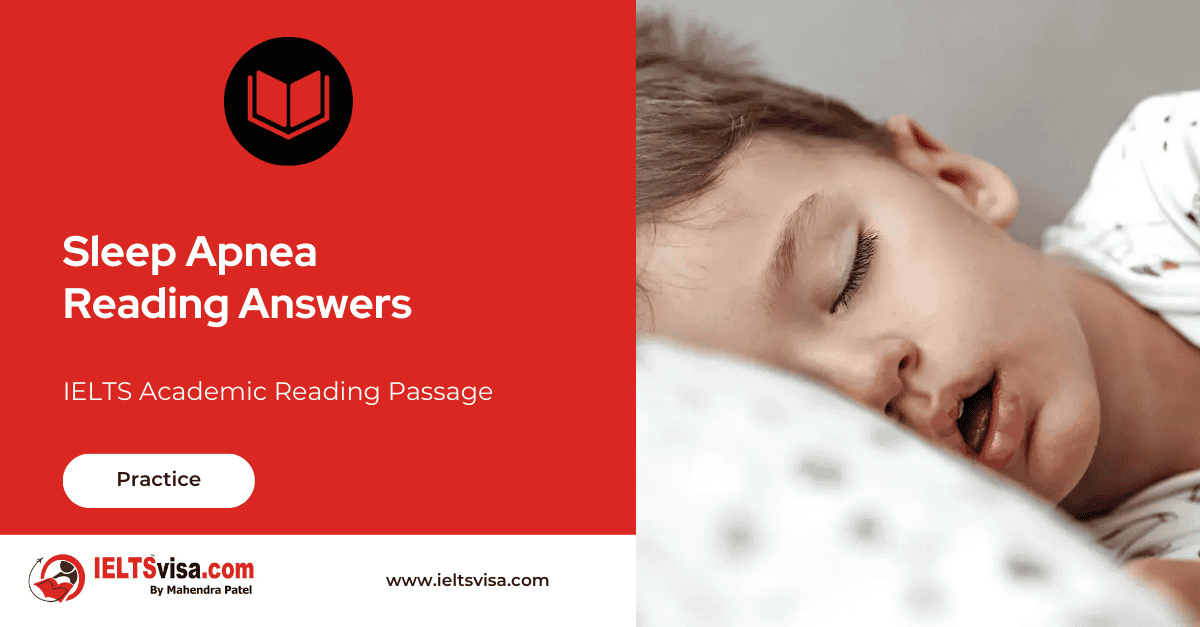
1. Sleep apnea is a common sleeping disorder. It affects a number of adults comparable to the percentage of the population that suffers from diabetes. The term apnea is of Greek origin and means “without breath.” Sufferers of sleep apnea stop breathing repeatedly while they sleep. This can happen hundreds of times during the night, each gasp lasting from 10 to 30 seconds. In extreme cases, people stop breathing for more than a minute at a time.
2. There are three different types of sleep apnea, with obstructive sleep apnea being the most common. Obstructive sleep apnea (OSA), which affects 90 percent of sleep apnea sufferers, occurs because of an upper airway obstruction. A person’s breathing stops when air is somehow prevented from entering the trachea. The most common sites for air to get trapped include the nasal passage, the tongue, the tonsils, and the uvula. Fatty tissue or tightened muscles at the back of a throat can also cause the obstruction. Central sleep apnea has a different root cause, though the consequences are the same. In central sleep apnea, the brain forgets to send the signal that tells the muscles that it’s time to breathe. The term central is used because this type of apnea is related to the central nervous system rather than the blocked airflow. The third type of sleep apnea, known as mixed apnea, is a combination of the two and is the most rare form. Fortunately, in all types of apnea, the brain eventually signals for a person to wake up so that breathing can resume. However, this continuous pattern of interrupted sleep is hard on the body and results in very little rest.
3.Sleep apnea is associated with a number of risk factors, including being overweight, male, and over the age of forty. However, like many disorders, sleep apnea can affect children and in many cases is found to be the result of a person’s genetic makeup. Despite being so widespread, this disorder often goes undiagnosed. Many people experience symptoms for their whole lives without realizing they have a serious sleep disorder. Oftentimes, it is not the person suffering from sleep apnea who notices the repetitive episodes of sleep interruption, but a partner or family member sleeping nearby. The air cessation is generally accompanied by heavy snoring, loud enough to rouse others from sleep. Those who live alone are less likely to receive early diagnosis, though other symptoms such as headaches, dizziness, irritability, and exhaustion may cause a person to seek medical advice. If left untreated, sleep apnea, which is a progressive disorder, can cause cardiovascular problems, increasing the risk of heart disease and stroke. Sleep apnea is also blamed for many cases of impaired driving and poor job performance.
4. In order to diagnose sleep apnea, patients are generally sent to a sleep center for a polysomnography test. This test monitors brain waves, muscle tension, breathing, eye movement, and oxygen in the blood. Audio monitoring for snoring, gasping, and episodic waking is also done during a polysomnogram. Nonintrusive solutions for treating sleep apnea involve simple lifestyle changes. In many cases, symptoms of sleep apnea can be eliminated when patients try losing weight or abstaining from alcohol. People who sleep on their backs or stomachs often find that their symptoms disappear if they try sleeping on their sides. Sleep specialists also claim that sleeping pills interfere with the natural performance of the throat and mouth muscles and suggest patients do away with all sleep medication for a trial period. When these treatments prove unsuccessful, sleep apnea sufferers can be fitted with a CPAP mask, which is worn at night over the mouth and nose, similar to an oxygen mask. CPAP stands for Continuous Positive Airway Pressure.
5. In extreme cases, especially when facial deformities are the cause of the sleep apnea, surgery is needed to make a clear passage for the air. Many different types of surgeries are available. The most common form of surgery used to combat sleep apnea is uvulo-palato- pharyngoplasty (UPPP). This procedure involves removing the uvula and the excess tissue around it. UPPP helps about 50 percent of patients who undergo the procedure, while the other half continue to rely on the CPAP machine even after the surgery. Another type of surgery called mandibular myotomy involves removing a piece of the jaw, and adjusting the tongue. By reattaching the tongue to a position about ten millimeters forward, air is able to flow more freely during sleep. This delicate procedure is performed only by surgeons with expertise in facial surgery and is almost always successful in eliminating the air obstruction. The latest surgical procedures use radio frequencies to shrink the tissue around the tongue, throat, and soft palate.
Questions 14-18
- The passage describes three different types of sleep apnea.
- Which of the characteristics below belongs to which type of sleep apnea? In boxes 14-18 on your Answer Sheet, write
A if it is a characteristic of obstructive sleep apnea.
B if it is a characteristic of central sleep apnea.
C if it is a characteristic of mixed apnea.
14. Its root cause is a blockage at the trachea.
It is connected exclusively with the nervous system.
16.It involves blocked airflow and a brain malfunction.
17. It is the most unusual type of sleep apnea.
18. It is the most common form of sleep apnea.
Questions 19-23
Do the following statements agree with the information in Reading Passage 2? Inboxes 19-23 on your Answer Sheet, write
TRUE if the statement is true according to the passage.
FALSE if the statement contradicts the passage.
NOT GIVEN if there is no information about this in the passage.
19. Sleep apnea only affects men over 40.
20. Most people with sleep apnea have the problem diagnosed.
21. Often a relative of the sleep apnea sufferer is the first to notice the problem.
22. Sleep apnea is more common in Greece than in other countries.
23. Sleep apnea can cause problems at work.
Questions 24-27
Which treatments for sleep apnea are mentioned in the passage?
Choose four answers from the list below, and write the correct letters, A-G, in boxes 1-4 on your Answer Sheet.
A getting surgery
B wearing a mask
C taking sleeping pills
D reducing one’s weight
E massaging the throat muscles
F sleeping on one’s side
G drinking moderate amounts of alcohol

Solution For: Sleep Apnea
Reading Answers
| 14. A | 18. A | 22. Not given | 26. D |
| 15. B | 19. False | 23. True | 27. F |
| 16. C | 20. False | 24. A | |
| 17. C | 21. True | 25. B |
Review and Practice
- Regularly practice with IELTS reading samples and time yourself to get used to the pressure of the exam.
- Review your mistakes to understand where you went wrong and how to avoid similar errors in the future.
Our Books
Master IELTS Speaking Part 1
IELTS Writing Task 1 Book
IELTS Writing Task 2 Book
Sleep Apnea Reading Answers Explanation
Comin Soon
Practice IELTS Other Modules
IELTS Listening
The IELTS Listening test assesses how well you can understand spoken English in various contexts. It lasts about 30 minutes and is divided into four sections with a total of 40 questions. The listening tasks become increasingly difficult as the test progresses.
IELTS Academic Reading
The IELTS Academic Reading section assesses your ability to understand and interpret a variety of texts in academic settings. It is designed to evaluate a range of reading skills, including skimming for gist, reading for main ideas, reading for detail, understanding inferences, and recognizing a writer's opinions and arguments.
IELTS Speaking
The IELTS Speaking test assesses your ability to communicate in English on everyday topics. It lasts 11-14 minutes and consists of three parts: introduction, cue card, and a discussion based on the cue card topic.
IELTS General Reading
IELTS General Reading tests your ability to understand and interpret various types of texts. Here are some key areas and types of content you can expect to encounter in the reading section, along with tips for effective preparation.
IELTS Academic Writing Task 1
In IELTS Academic Writing Task 1, you are presented with a visual representation of information, such as graphs, charts, tables, or diagrams, and you are required to summarize, compare, or explain the data in your own words.
IELTS General Writing Task 1
In IELTS General Writing Task 1, you are required to write a letter based on a given situation. The letter can be formal, semi-formal, or informal, depending on the prompt. Here’s a breakdown of the key components to include in your letter
IELTS Academic Writing Task 2
In IELTS Academic Writing Task 2, you are required to write an essay in response to a question or topic. Here’s a guide to help you understand the essential elements of this task
IELTS Exam Tips
To succeed in the IELTS exam, practice regularly, familiarize yourself with the test format, improve your vocabulary, develop time management skills, and take mock tests to build confidence.
Grammer for IELTS
Grammar is the foundation of effective communication in English. Understanding tense usage, subject-verb agreement, and sentence structure enhances clarity and coherence in writing and speaking.
Vocabulary for IELTS
Vocabulary plays a crucial role in the IELTS (International English Language Testing System) exam, especially in the Speaking and Writing sections. Here’s an overview of why vocabulary is important and how it impacts your performance
RECENT IELTS SAMPLES QUESTIONS AND ANSWERS
Walking with dinosaurs
Peter L. Falkingham and his colleagues at Manchester University are developing techniques that...
Money as the Unit of Amount Reading Answers
The most difficult aspect of money to understand is its function as a unit of account. In...
WEATHERING IN THE DESERT
In the deserts, as elsewhere, rocks at the earth's surface are changed by weathering, which...
Nature on Display in American Zoos
The first zoo in the United States opened in Philadelphia in 1874, followed by the Cincinnati...
Can We Prevent the Poles From Melting
Such is our dependence on fossil fuels, and such is the volume of carbon dioxide we have...
Air conditioning the earth reading answers
The circulation of air in the atmosphere is activated by convection, the transference of heat...

